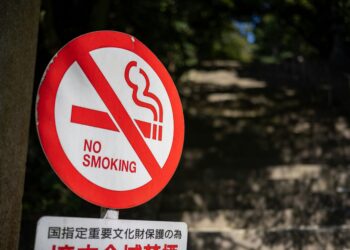Toxic smog tightened its grip on New Delhi despite a court-ordered ban on crop residue burning. Pollution levels surged this week, prompting discussions on additional mitigation measures. However, plans for cloud seeding to combat the smog face delays due to unfavorable weather conditions.
New Delhi topped the real-time list of the world’s most polluted cities on Thursday , registering an air quality index of 509 around noon, categorized as “hazardous” by Swiss group IQAir. A northwesterly wind carried smoke from defiant farm fires in nearby fields, aggravated by light and unfavorable wind speeds within Delhi, hindering pollutant dispersion, according to an anonymous meteorological department official.
More than 2,500 farm fires were reported in Punjab state on Wednesday despite the Supreme Court-ordered ban on crop residue burning. Delhi’s air quality plummets every winter due to cold air trapping emissions from various sources, including vehicles, industries, construction dust, and agricultural waste burning.
Environment Minister Gopal Rai stated that authorities are intensifying law enforcement efforts, with a meeting planned to discuss additional measures later in the day. Current measures include a construction ban, school closures, restrictions on non-essential petrol and diesel trucks, and water-spraying vehicles to control pollution.
The plan to seed clouds, initially scheduled around Nov. 20, faces setbacks due to a lack of cloud cover over the city. Manindra Agrawal, leading the trial at the Indian Institute of Technology in Kanpur, noted the absence of previously indicated cloud cover, pushing back the cloud seeding initiative.














